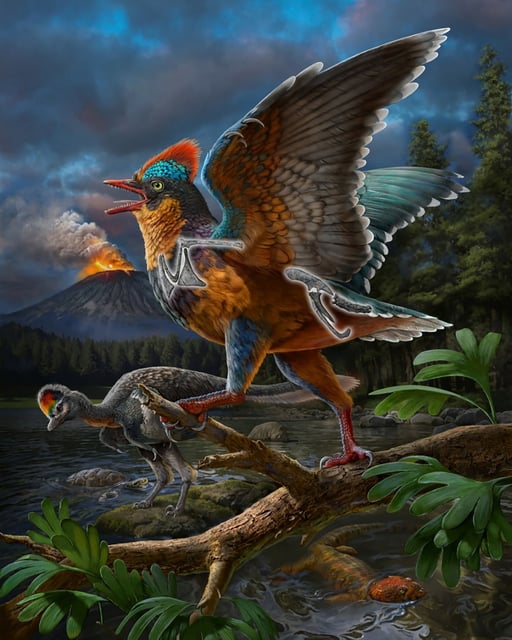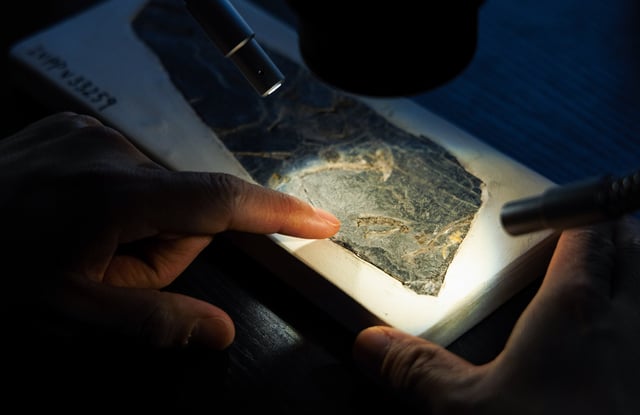Overview
- Baminornis zhenghensis, a quail-sized bird fossil discovered in southeastern China, is now considered one of the oldest-known birds, dating back 150 million years to the Jurassic Period.
- Unlike the previously known Archaeopteryx, Baminornis had a short tail with a pygostyle, a feature crucial for modern bird flight, marking a major evolutionary advancement.
- The fossil suggests that bird evolution began 172-164 million years ago, significantly earlier than previously believed, and that early birds were more diverse and widespread during the Jurassic.
- This discovery highlights the independent evolution of bird-like traits across different body regions, with Baminornis showing a mix of modern and dinosaurian anatomical features.
- The find provides critical insights into early bird diversification and fills a significant gap in the fossil record, reshaping our understanding of the transition from dinosaurs to birds.

